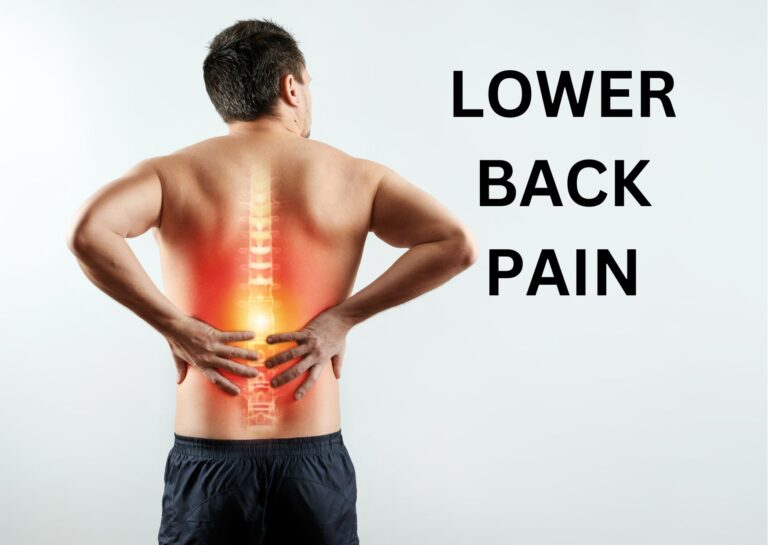
Lower back pain is a pain in the ass! Literally. Every one of us have experienced or will experience eventually that dull ache from sitting for too long that starts to stick around or a sudden sharp pain from a more serious incident lifting weights in the gym.
First things first, it’s always important to differentiate if your lower back pain is associated with any red flags that could be pointing to a more serious condition, which will warrant immediate further investigation from a health professional:
What is causing my lower back pain?
Lower back pain is a symptom that can be caused from an underlying dysfunctional movement pattern or simply from sitting for prolonged periods of time. It ranges from a wide variety of reasons and a thorough physical assessment for ongoing lower back pain is essential to understand what factors are attributing to the ongoing pain that is limiting your functionality. After identifying these causes, a specific rehabilitation program complemented by an assortment of manual therapies will be a great start to managing the pain and returning you to what you love to do.
Back pain can feel like exercise and movement are not an option at times. However, through controlled, intentional movements that are appropriately progressed, you’ll feel instant results. The best method to actually alleviate lower back pain and set up preventative measures so that you can significantly reduce the chances of being in pain again, is through controlled movement that has the intention of remedying these underlying dysfunctions and building strength in these areas.
These dysfunctional mechanisms again could range from:
Manual therapy as a means not an ends – Motion is the new lotion
Everyone loves a good massage. A good massage can go a long way in helping you move better and feel better with your lower back pain. However if the underlying cause is a weakness or a lack of mobility that requires intentional, specific exercises to either strengthen or mobilise certain muscles or joints, a massage won’t actually fix your lower back pain – it can eventually return. Manual therapy can include:
These techniques can temporarily open a window of opportunity that allows us to move better with less pain, however we should use this temporary effect to do our exercises to maximise the benefits that come from movement and appropriately loading the tissues that will provide the lower back with more stability. You want to invest in a long-term fix that will prevent your pain from ever returning if you are consistently progressing your strength and stability.
Try it yourself
Most of the time, lower back pain can be instantly reduced from applying certain bracing methods to your core, and activating your glutes (bum muscles).
Activating the core is a very important method to reducing your pain. Think of a long radio tower (our spine) that is supported by guy-wires (our core) surrounding the tower in a 360 degree fashion. These wires help the tower stay stable and upright. The same applies for our spine that has the core (guy-wires) surrounding the spine. With the core braced, the tension supporting and surrounding the spine limits micro-movements and any shearing to the joints that would cause aggravation and pain due to instability.
Usually with lower back pain, there is already some type of inflammation or aggravation to the tissues in the spine or surrounding the spine which has increased the sensitivity of the pain experience to certain movements. Therefore, learning how to brace is crucial to minimising our pain and practicing bracing is helpful before a big lift to stabilise the spine and rest of the body. Certain times when bracing, we feel like we shouldn’t be breathing but we can breathe whilst bracing our core also.
How to brace the core well:
After understanding what it feels like to have control over bracing the core, now try to brace the core with certain functional movements including a slow squat (imagining picking up a box) or even when carrying the box. You’ll feel like its actually easier to move heavier things around with a braced core.
The next thing that will help with the lower back pain is by directing load and tension to the glutes. The glutes are some of the biggest supporting muscles to the foundation of the spine. Try lying on your back with a band around your knees and performing a banded double legged glute bridge:
These are simple ways of relieving your lower back pain, however a progressive exercise program tailored to helping you achieve your goals is the essential next step to being pain-free. The team at Sydney Sports Physio and Fitness is here to help you, so reach out!
The best sports physiotherapy clinics in Sydney CBD, with two fully equipped rehab gyms specifically designed for long lasting results. Schedule an appointment today.